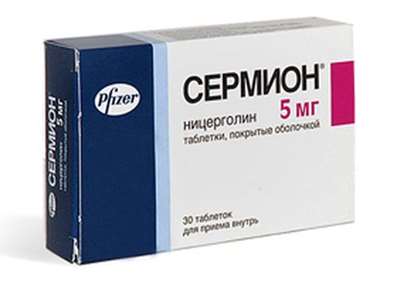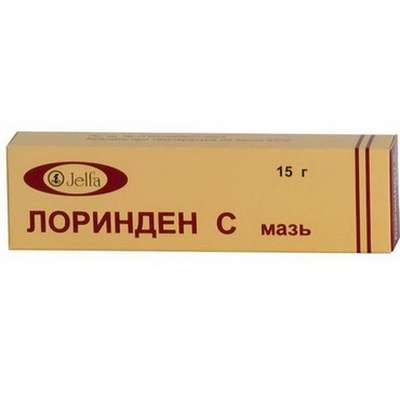Instruction for use: Citalopram
I want this, give me price
Dosage form: coated tablets
Active substance: Citalopram*
ATX
N06AB04 Citalopram
Pharmacological groups:
Antidepressant
The nosological classification (ICD-10)
F32 Depressive episode: Adynamic subdepression; Astheno-adynamic subdepressive states; Asthenoadressive disorder; Astheno-depressive disorder; Asthenodepressive state; Astheno-depressive state; Major Depressive Disorder; Vyaloapatichesky depression with retardation; Double Depression; Depressive pseudodement; Depressive illness; Depressive mood disorder; Depressive disorder; Depressive mood disorder; Depressive state; Depressive disorders; Depressive syndrome; Depressive syndrome larviated; Depressive syndrome in psychoses; Depressed masks; Depression; Depression Depletion; Depression with the phenomena of inhibition within the framework of cyclothymia; Depression is smiling; Involutional depression; Involutionary melancholy; Involutional depression; Manic-depressive disorder; Masked Depression; Melancholic Attack; Neurotic depression; Neurotic depression; Shallow Depression; Organic depression; Organic depressive syndrome; Simple depression; Simple melancholic syndrome; Psychogenic depression; Reactive depression; Reactive depression with moderate psychopathological symptoms; Reactive depressive states; Reactive depression; Recurrent depression; Seasonal depressive syndrome; Severostatic depression; Senile Depression; Symptomatic Depression; Somatogenic depression; Cyclotymic depression; Exogenous depression; Endogenous depression; Endogenous Depressive Conditions; Endogenous Depression; Endogenous depressive syndrome
F33 Recurrent depressive disorder: Major depressive disorder; Secondary depression; Double Depression; Depressive pseudodement; Depressive mood disorder; Depressive disorder; Depressive mood disorder; Depressive state; Depressive syndrome; Depressed masks; Depression; Depression is smiling; Involutional depression; Involutional depression; Masked Depression; Melancholic Attack; Reactive depression; Reactive depression with moderate psychopathological symptoms; Reactive depressive states; Exogenous depression; Endogenous depression; Endogenous Depressive Conditions; Endogenous Depression; Endogenous depressive syndrome
F41.0 Panic disorder [episodic paroxysmal anxiety]: Panic state; Panic attack; Panic; Panic disorders
Composition
Tablets covered with a film membrane 1 tab.
active substance:
citalopram hydrobromide 12.5 mg; 25 mg; 50 mg
(equivalent to 10, 20 or 40 mg of citalopram, respectively)
auxiliary substances: MCC - 46.9 / 93.8 / 187.6 mg; pregelatinized starch - 20.2 / 40.4 / 80.8 mg; magnesium stearate - 0.4 / 0.8 / 1.6 mg; Opadry II (polyvinyl alcohol 1.28 / 2.56 / 5.12 mg, macrogol 0.65 / 1.3 / 2.6 mg, talc 0.47 / 0.94 / 1.88 mg, titanium dioxide 0.8 / 1.6 / 3.2 mg) 3.2 / 6.4 / 12.8 mg
Pharmachologic effect
Pharmacological action - antidepressant.
Dosing and Administration
Inside, 1 time per day, without chewing, squeezed a small amount of liquid. The drug can be used at any time of the day, regardless of food intake, it is desirable to take the drug at the same time of day.
Depression: therapy is started with taking 20 mg / day of citalopram. Depending on the individual reaction of the patient and the severity of depression, the dose may be increased to a maximum of 40 mg / day.
Panic disorder: with panic disorders within 1 week, the recommended dose is 10 mg / day, then the dose rises to 20 mg / day. The daily dose, depending on the individual reaction of the patient, can be further increased to 40 mg / day.
Special patient groups
Patients of advanced age (65 years and older). The recommended daily dose is 10-20 mg. Depending on the individual reaction and severity of depression, the dose can be increased to a maximum of 20 mg / day.
Impaired renal function. With CRF of mild to moderate severity, correction of the dosing regimen is not required. In patients with severe renal failure (Cl creatinine below 30 ml / min) caution is required in choosing a dose.
Dysfunction of the liver. In patients with mild and moderate hepatic insufficiency, the initial dose is 10 mg / day for the first 2 weeks. Depending on the reaction, the dose can be increased to 20 mg / day. In patients with severe hepatic insufficiency, extreme caution is required in choosing a dose.
Patients with low activity of the isoenzyme CYP2C19. In patients with a low activity of the isoenzyme CYP2C19, the initial dose is 10 mg / day for 2 weeks. Depending on the reaction, the dose can be increased to 20 mg / day.
Duration of treatment
The effect manifests itself in 2-4 weeks, the duration of the course of treatment is determined by the patient's condition, the effectiveness and tolerability of the therapy and an average of 6 months.
Abolition of the drug
Symptomatology, which can be noted with a sharp abolition of citalopram, is not characteristic. This is most often dizziness, headache, paresthesia, sleep disturbance, asthenia, nervousness, tremor, nausea and / or vomiting.
If treatment is completed, citalopram should be discontinued gradually over several weeks to avoid withdrawal symptoms. In most cases, this is sufficient for about 2 weeks, but in each case the doctor solves this issue individually: for some patients it may take 2-3 months or more.
Release form
Tablets, film-coated, 10 mg, 20 mg and 40 mg. In contour acrylic packing from a film of PVC and a foil of aluminum printed varnished, 10 pieces. 1, 2, 3, 4 or 5 contour mesh packages in a pack of cardboard.
Conditions of leave from pharmacies
On prescription.
Storage conditions for Citalopram
In the dark place at a temperature of no higher than 25 ° C.
Keep out of the reach of children.
Shelf life of Citalopram
3 years.
Do not use after the expiry date printed on the package.

 Cart
Cart





